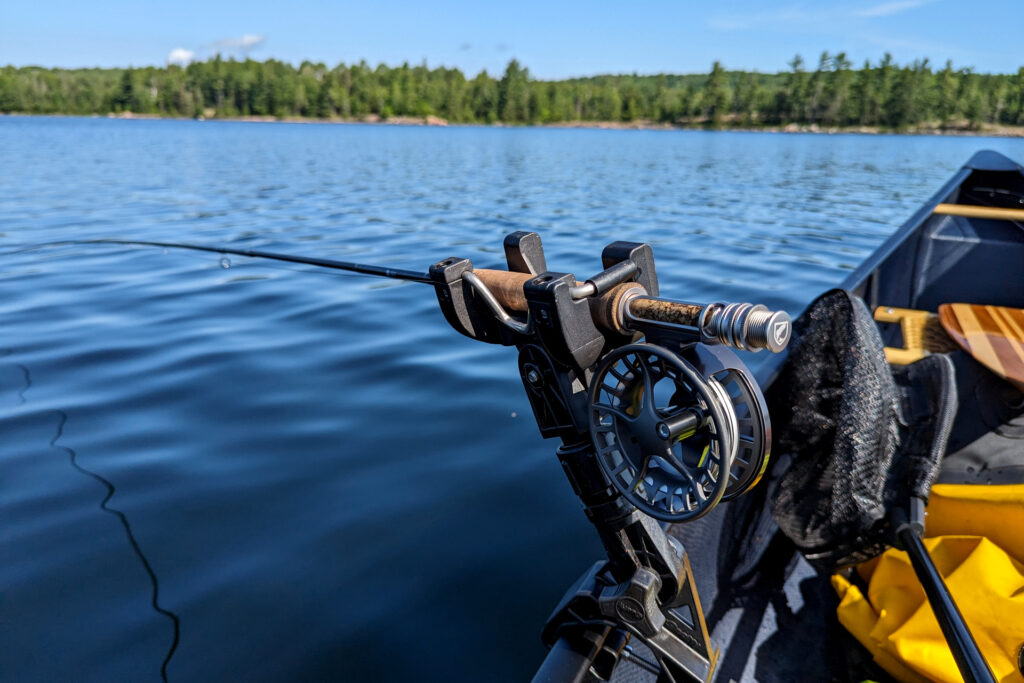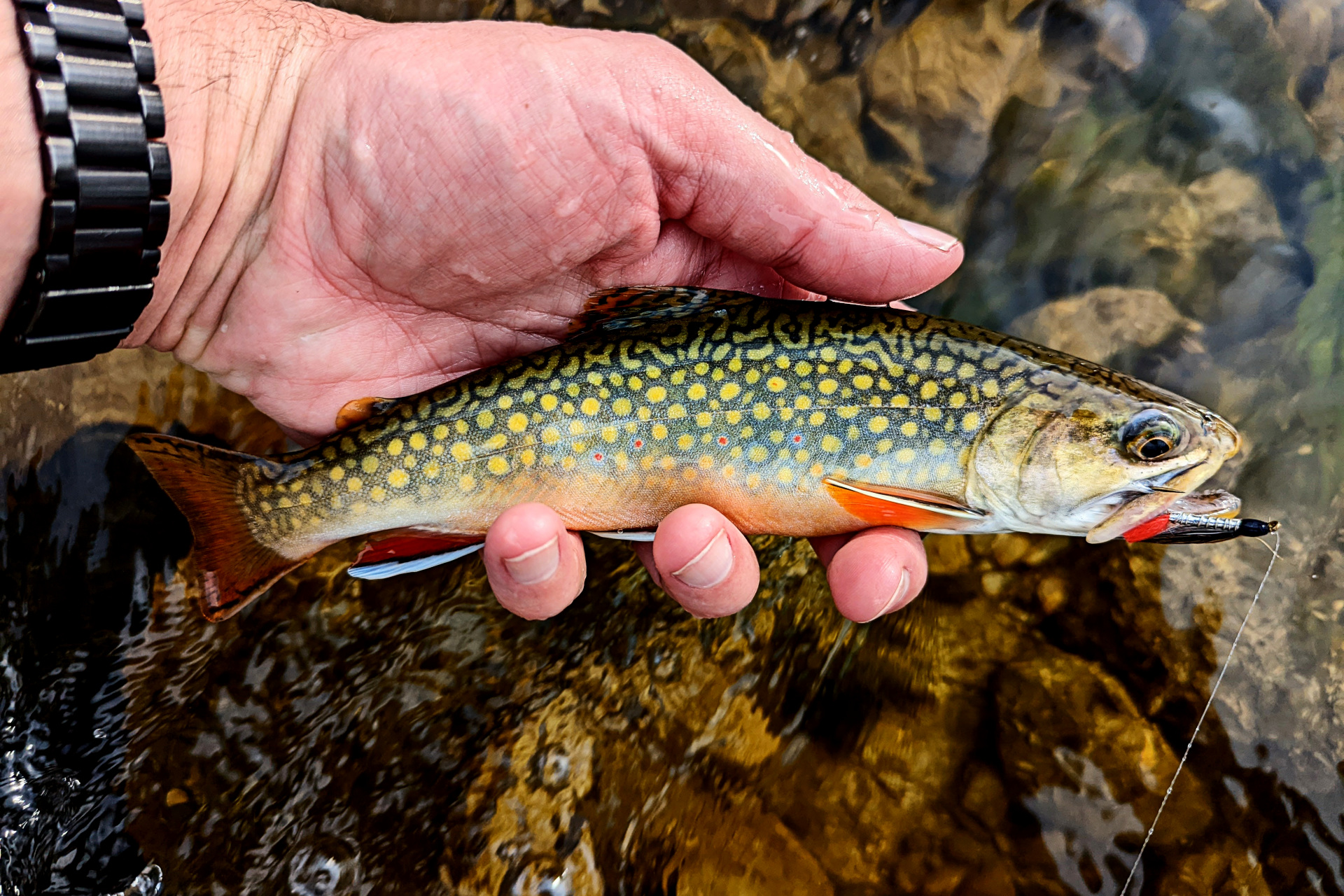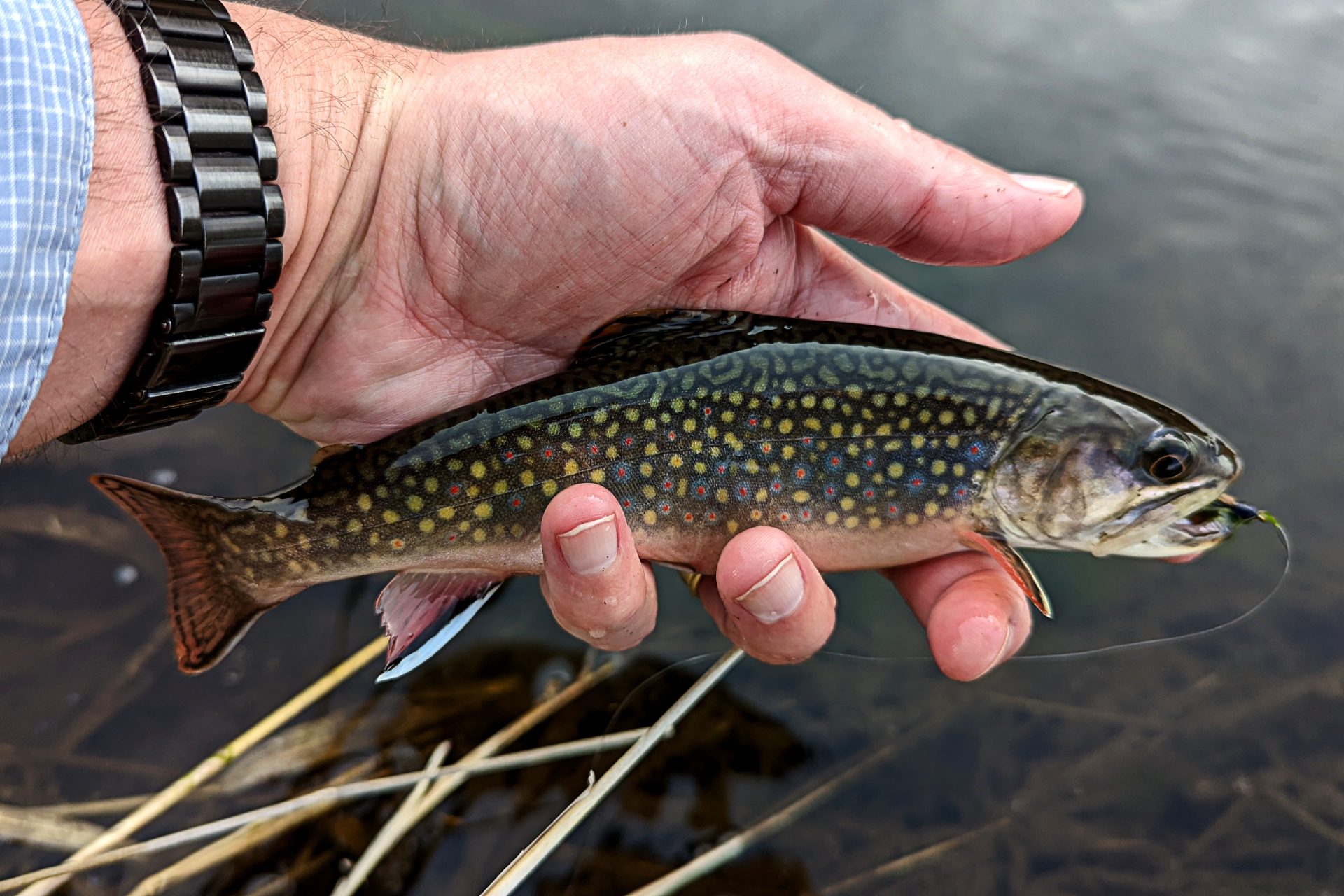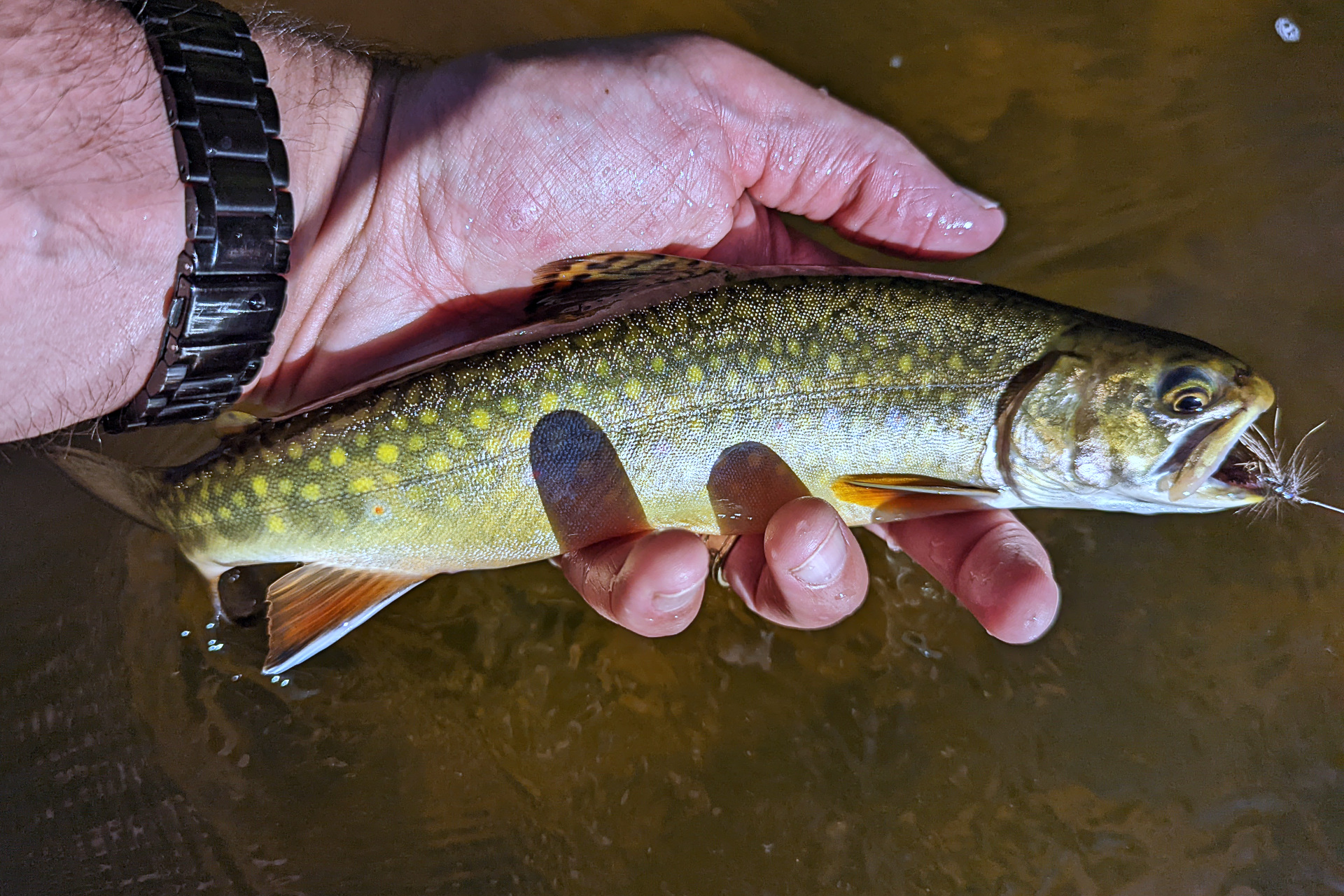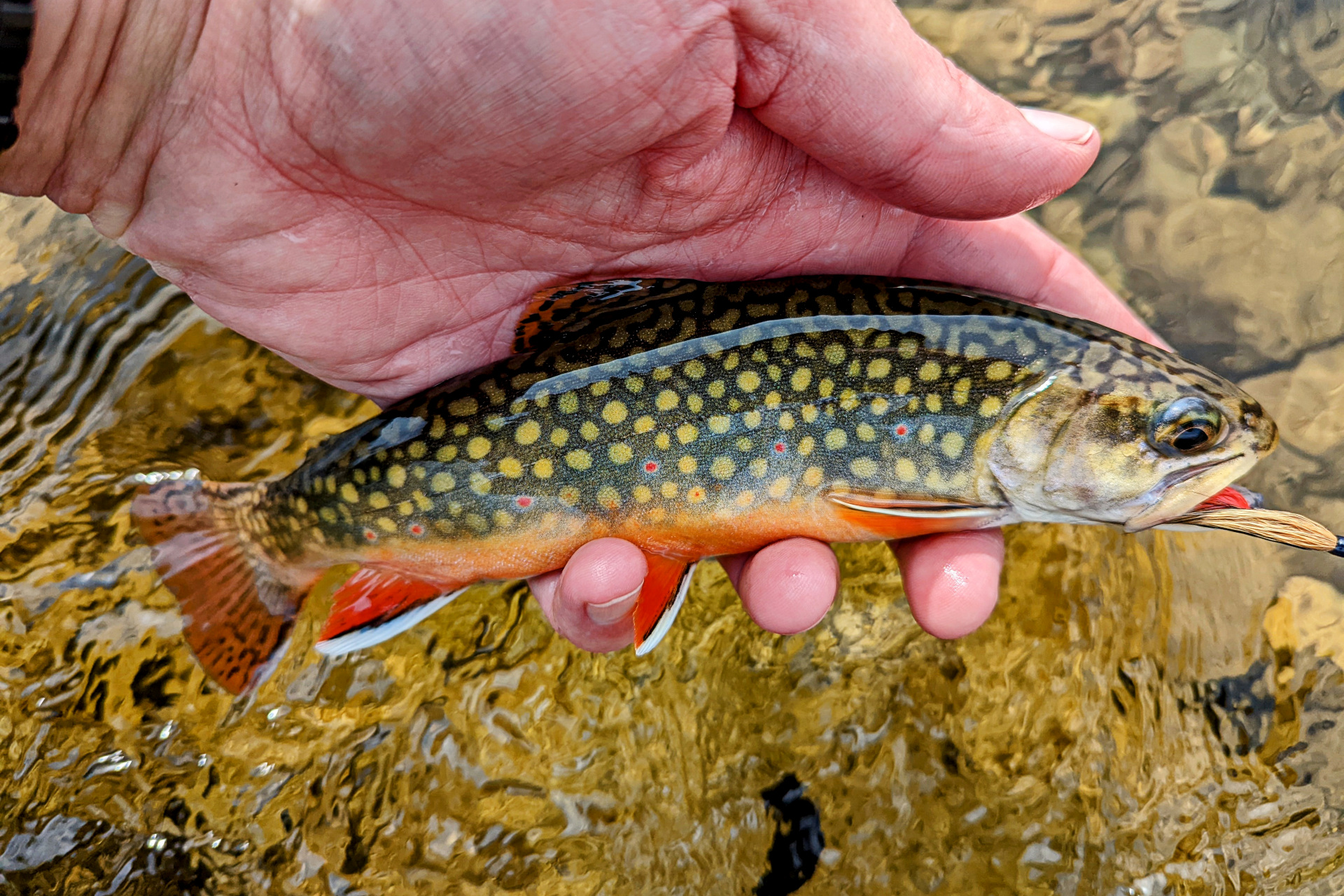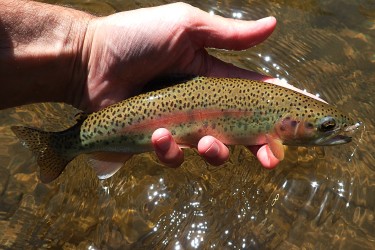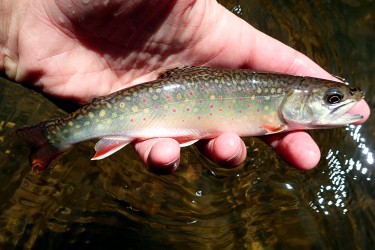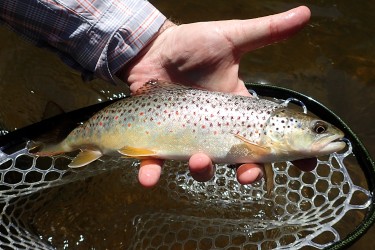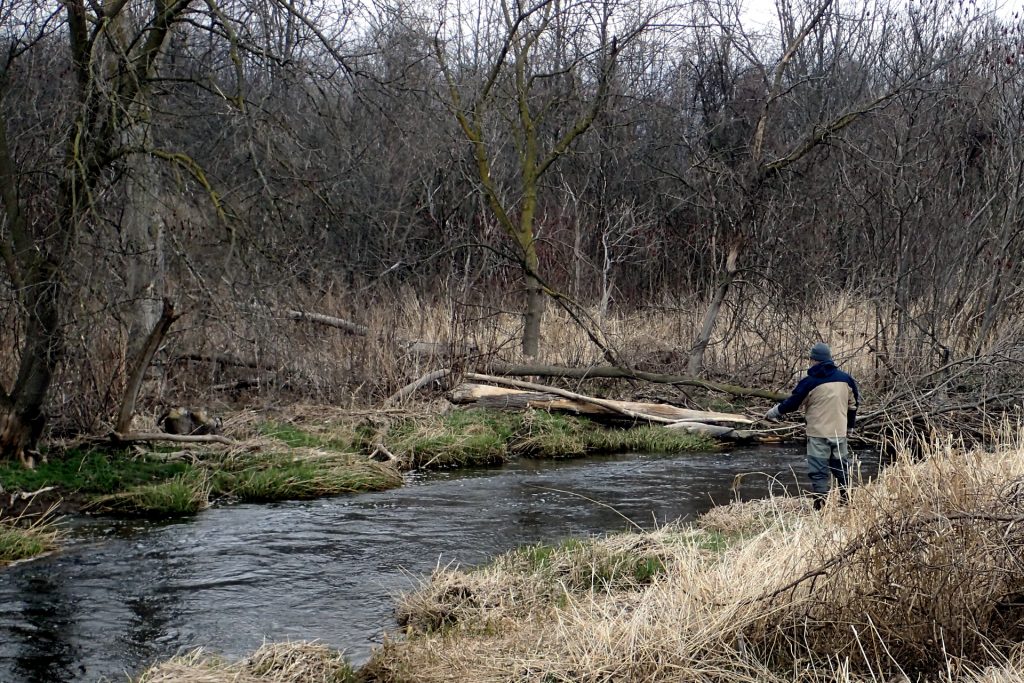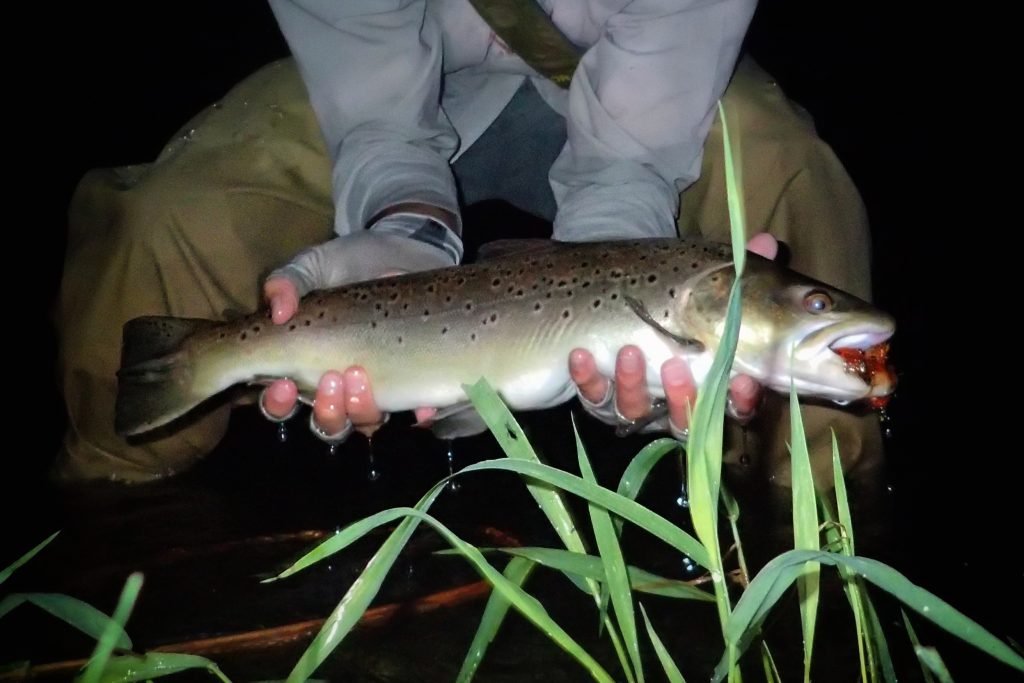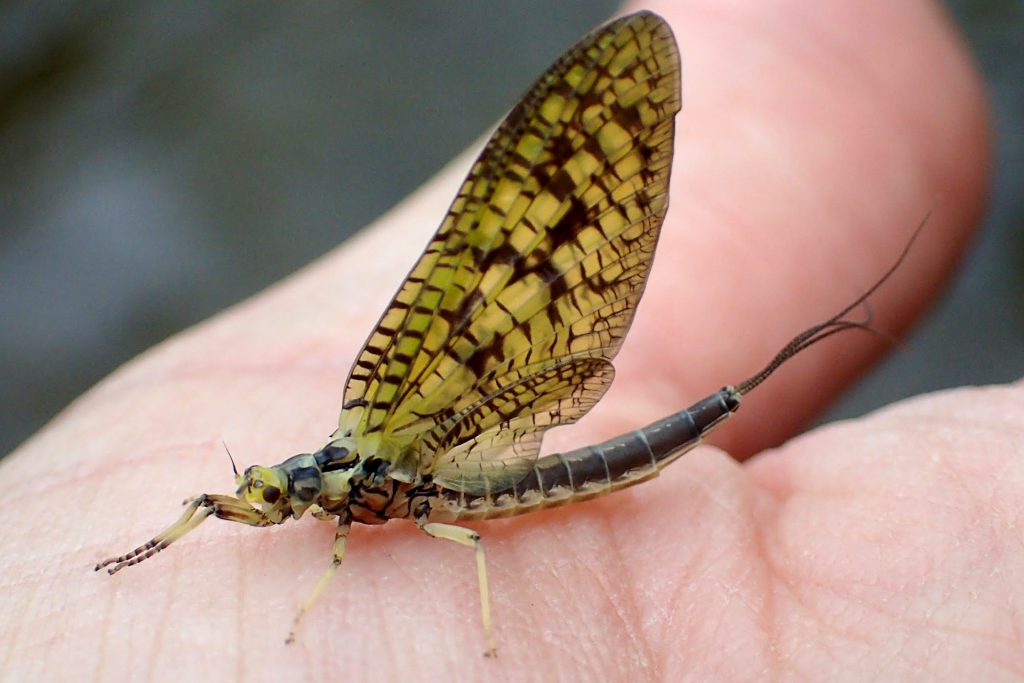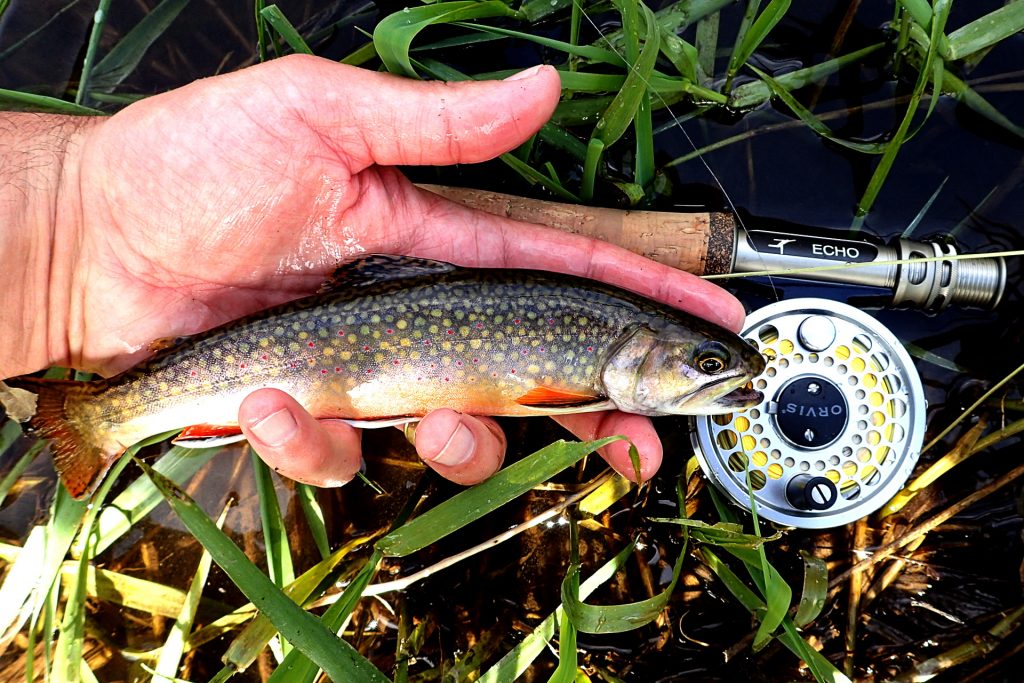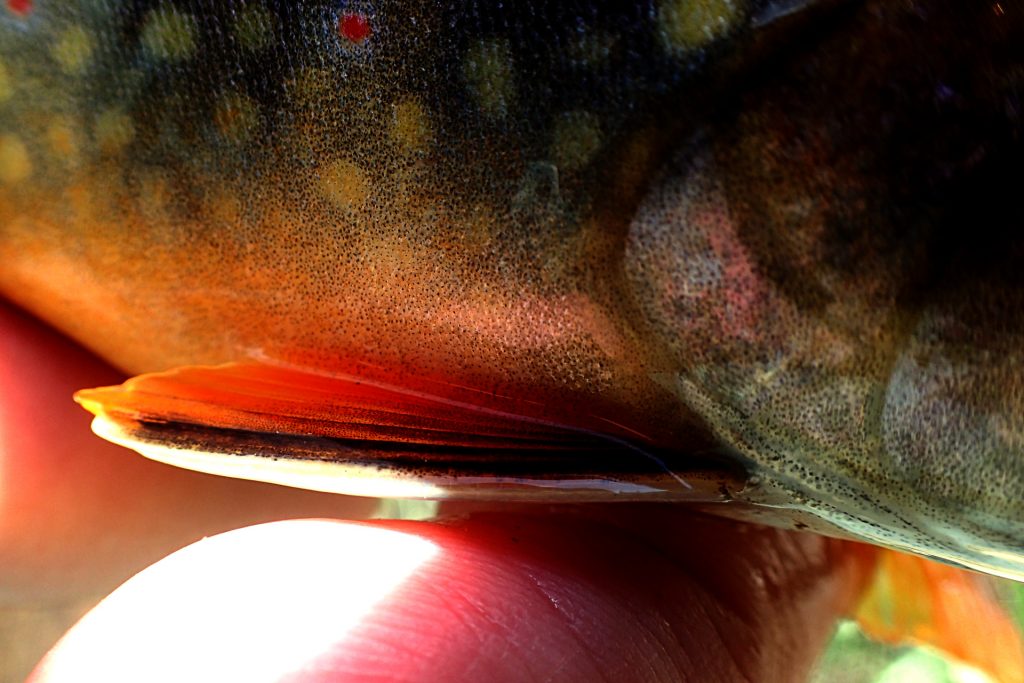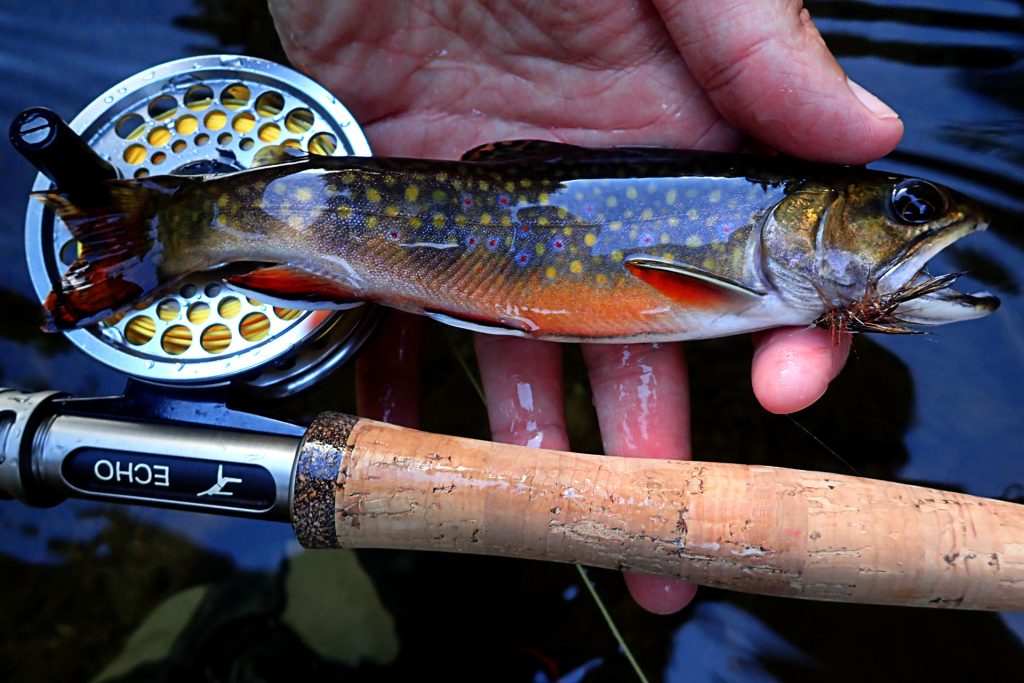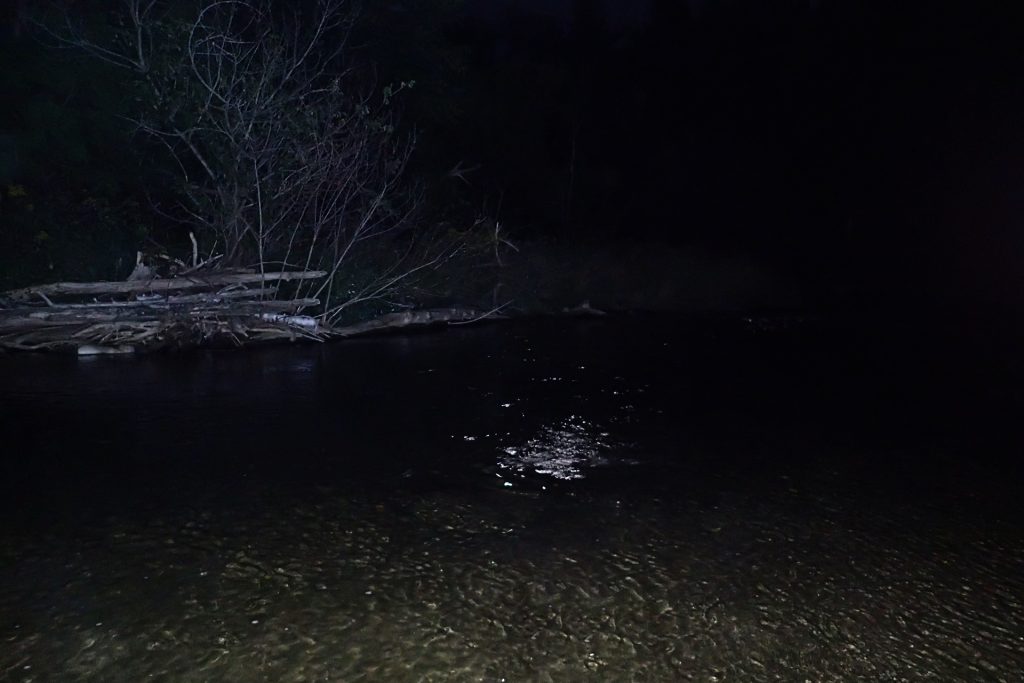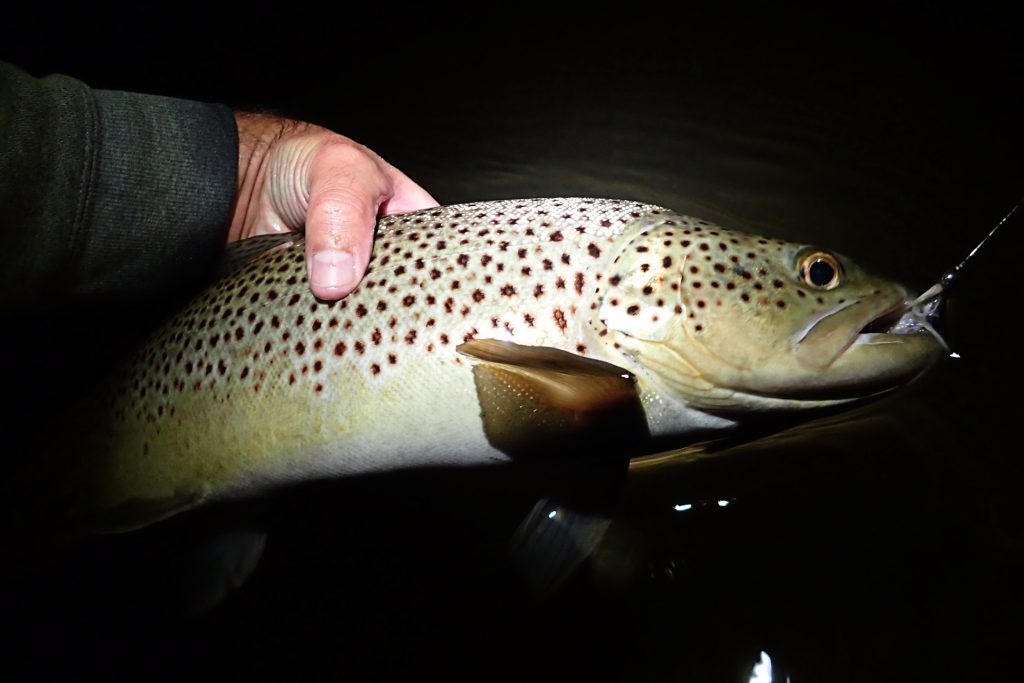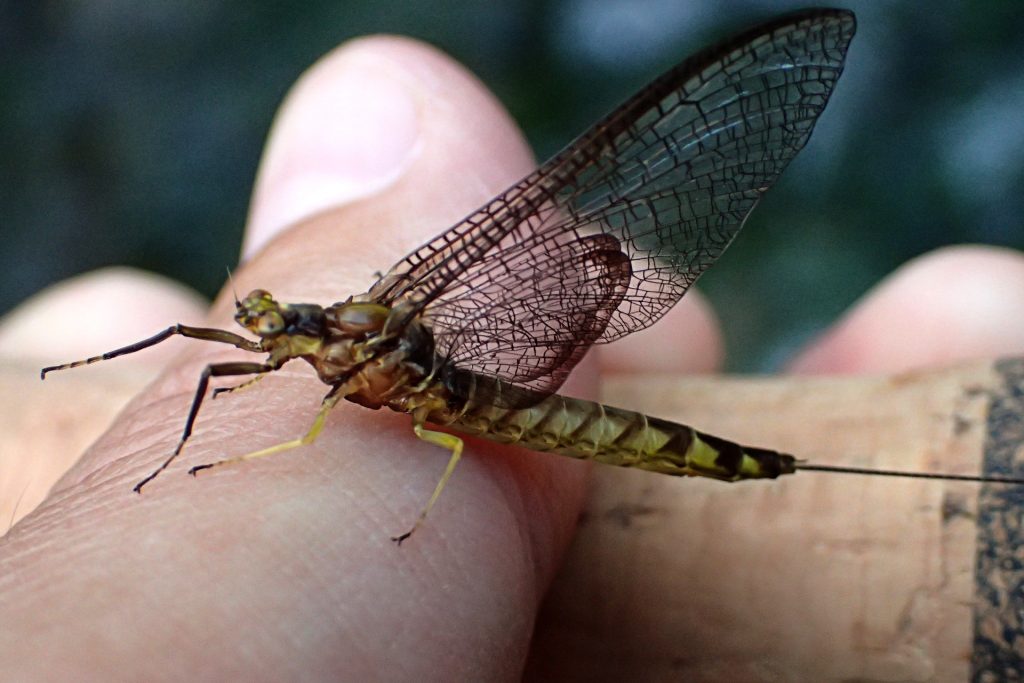While early season started with plenty of water in our rivers thanks to a good snow melt and plenty of rain in April, May and beyond brought some near drought conditions. As a result, most of our rivers in southern Ontario have had some of the lowest water levels I’ve ever seen. Local creeks and even the Credit River have been almost unrecognizable. Ontario was also under a fire ban for most of the summer (which has just recently been lifted). Things seem to be returning to normal now, with some more frequent rains and storms. Hopefully it will top the rivers off to provide some stable late summer and fall fishing opportunities.
That said, there are still plenty of rivers and lakes with more than enough water, even in dry years such as this one – and that’s where I’ve spent most of this season. They aren’t particularly close by for me, so it does mean some extra driving. Sometimes I’ll try to make the most of my trips though and stay a night (or, a week, or more…).
On the longer trips, I’m in the back country with a canoe and tent (or hammock). I’ve got a new trolling setup for the fly rod this year with the new(ish) universal Scotty rod holder, which works well for pretty much any rod type – casting, spinning or fly rod. Of course, I’m not only trolling from the canoe. I’ll also cast (mostly streamers) when I’m not travelling or trying to locate fish – but it’s nice to keep a line in the water even while travelling.
